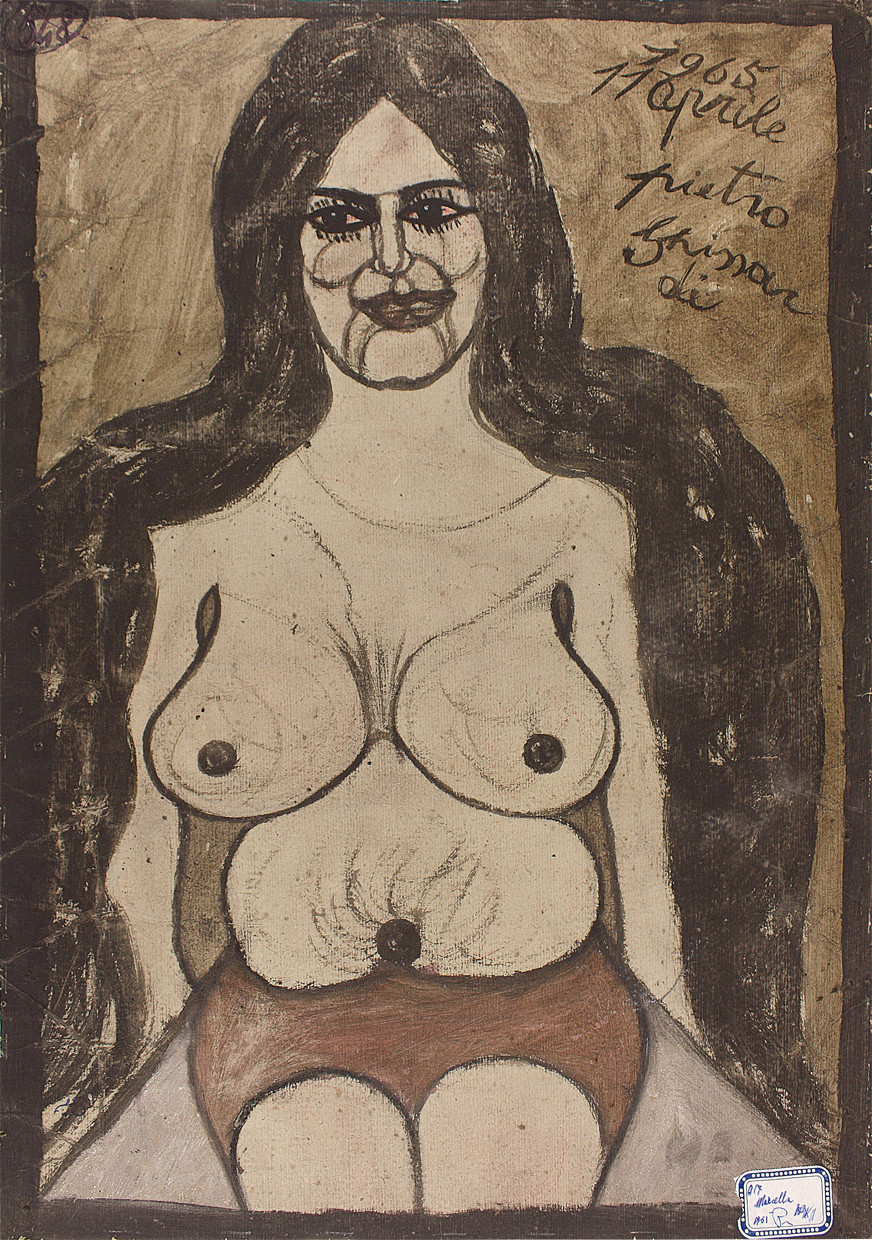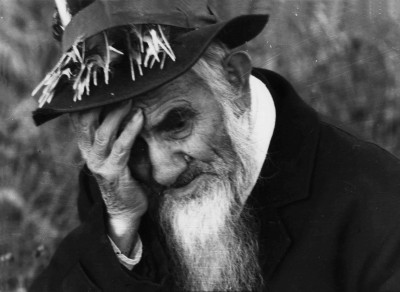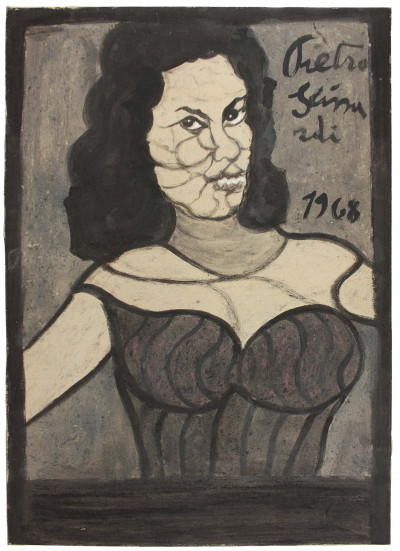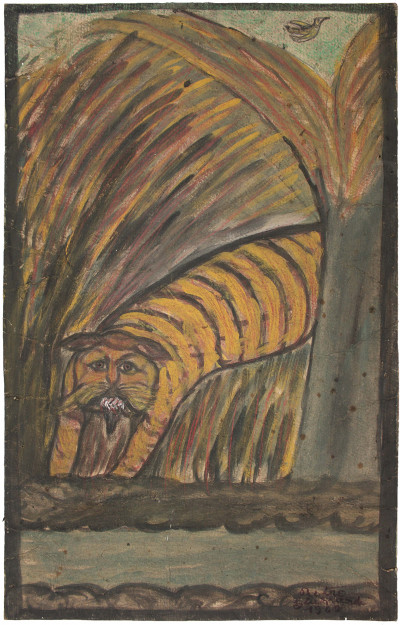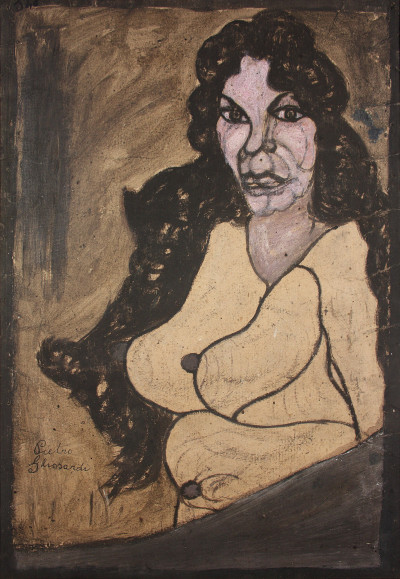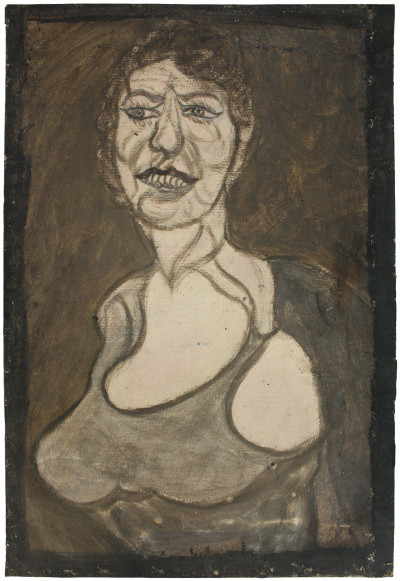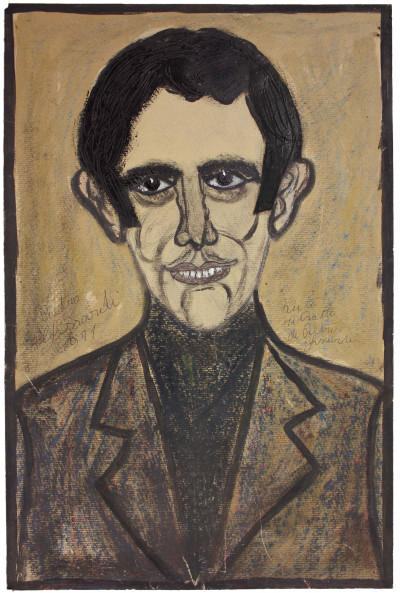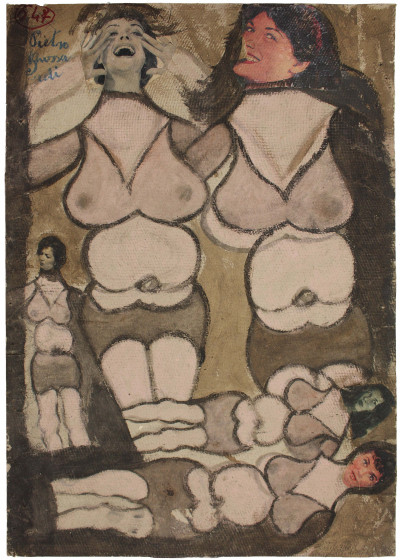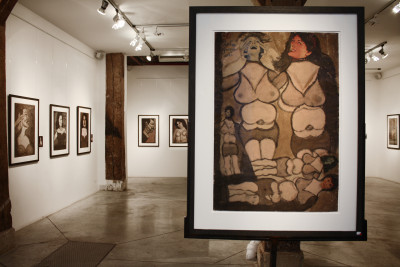Pietro Ghizzardi
Pietro Ghizzardi had a deep-rooted love of the land and of traditional rural values. He drew, painted, sculpted, sang, played the harmonica, and told stories. The uniquely expressive figures he depicts are steeped in the age-old traditions that Pietro clung to in an age dominated by the need to maximise productivity and the use of time. Pietro was born in 1906 to a family of farmers living in the Mantua region of northern Italy. As day labourers, his parents were constantly on the move, and his childhood was one of deprivation. He was also a sickly child and, as a result, his schooling was patchy. The Ghizzardi family only put down roots in 1931, when they settled in Boretto. The River Po burst its banks in a great flood twenty years later, marking a turning point in Pietro’s life: he decided to devote himself fully to art and to write the story of his life. His autobiography is highly inventive, with a somewhat unorthodox approach to spelling and syntax – Pietro spells his own surname Ghissardi, for example – and a total disregard for punctuation. Similarly, he used unconventional materials for his drawings and paintings, working with coal, grass, wine, blood, blackberry juice, brick dust, and soot, on scraps of old cardboard.
Pietro painted portraits of his immediate family, saints, wild animals, and above all women, some inspired by film stars. His female figures are depicted as fertility goddesses, marked by a tracery of wrinkles that highlights the planes of their bodies and brings them vehemently, dancingly alive. Pietro’s untutored, primitive lines give his creations a rare degree of authenticity.
Pietro died in 1986. He enjoyed the recognition of the Italian art establishment for the last fifteen years of his life, and a large number of studies have been devoted to his work.
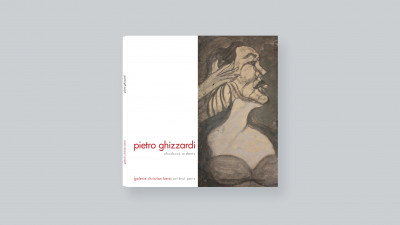
Preface : Dino Menozzi
Foreword : Christian Berst
Catalog published to mark the exhibition Pietro Ghizzardi : charbons ardents, from october 14th to november 19th, 2011.
